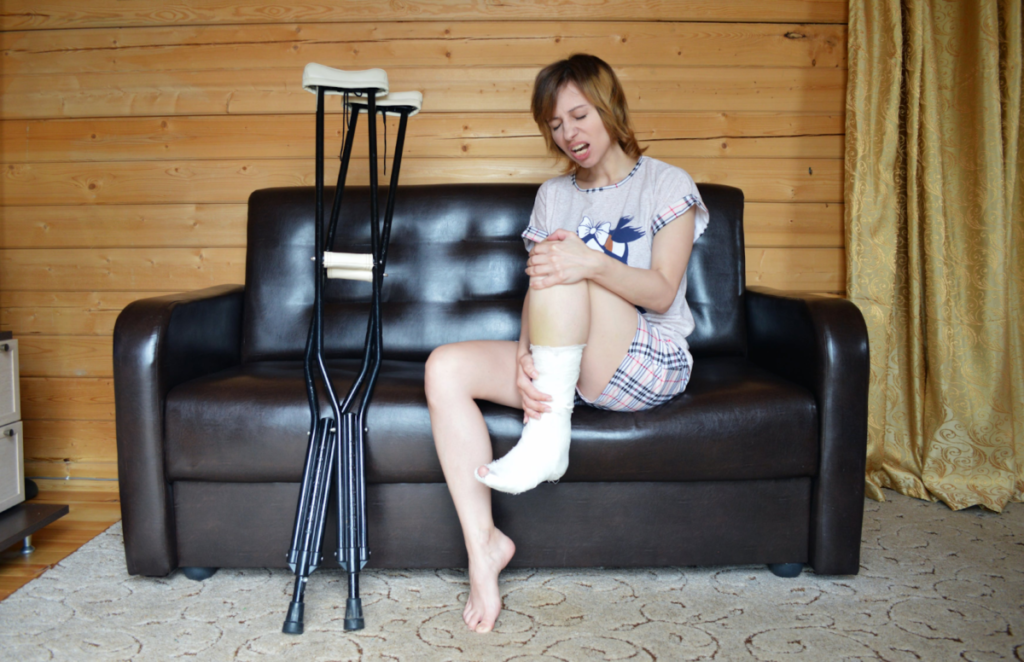It’s not uncommon for people to experience some form of injury after participating in water sports. However, the type of injury experienced is often dependent on the activity. For instance, surfing and swimming are both popular recreational activities with widespread appeal, but they carry the potential for various types of injuries that differ.
Injuries associated with water sports include rotator cuff tears, bursitis, shoulder impingement, and labral tears in the shoulder. However, all these injuries are based on strains in muscles and joints, which can be treated with chiropractic care. Here’s a brief rundown of different injuries associated with swimming and other water sports:
Rotator Cuff Injuries
Rotator cuff injuries are caused by a single exceptional activity, while a partial tear is caused by repeated trauma or overuse. Common causes of rotator cuff injuries are trauma and repetitive movements against gravity resistance. The treatment may involve manipulating specific parts such as muscle knots, tendons, and ligaments. Furthermore, it helps to reduce muscle spasms and provide pain relief.
Pain In Shoulder Or Elbows
Injury to shoulder muscles and tendons occurs after repetitive movements during sporting activities such as swimming or surfing. Although shoulder pain is widespread, it doesn’t indicate a severe injury.
In most cases, chiropractic and exercises can treat shoulder pain from swimming and surfing. However, if you have been in any unfortunate incident during swimming, then make sure to consult the Portland chiropractic clinic for immediate attention to your body.
Bone Bruises Of The Wrist Or Thumb
Broken wrists and fingers are very common in swimming, but they usually are not caused by the activity itself. Instead, they’re usually caused by trauma during a fall or throwing an object out of the water.
Bone bruises sometimes come from repetitive movements in water sports, such as underwater swimming or deep-sea diving. Although bone bruises are not common in sport participation, they still need to be treated for a full recovery.

Acquired Surfer’s Knee
It’s been suggested that surfers experience a form of tendonitis in their knees, but it has not yet been proven true. Instead, this condition is caused by trauma from underwater diving or water sliding down.
Acquired surfers’ knee is commonly used in beach volleyball to indicate heavy activity on the court surface. As such, it should be avoided through strengthening exercises that help de-stress the knees and ligaments.
Tendonitis
Although not every swimming injury has visible signs, tendons can still be injured in swimming activities. Tendons are soft tissues that connect muscle to bone and can be damaged or inflamed.
The symptoms of tendonitis include pain, swelling, and heat in the affected area. Also, the skin may have a red appearance or even discoloration. However, it is usually only severe tendonitis that can affect movement or cause injuries such as strains and tears.
Conclusion
Water sports injuries can be prevented with some precautionary measures before participation and by taking the proper steps for healing afterwards. For instance, if you tend to get a lot of shoulder pain from surfing, you can stretch your arm before and after surfing. This will help to prevent a lot of the shoulder injuries associated with swimming.
